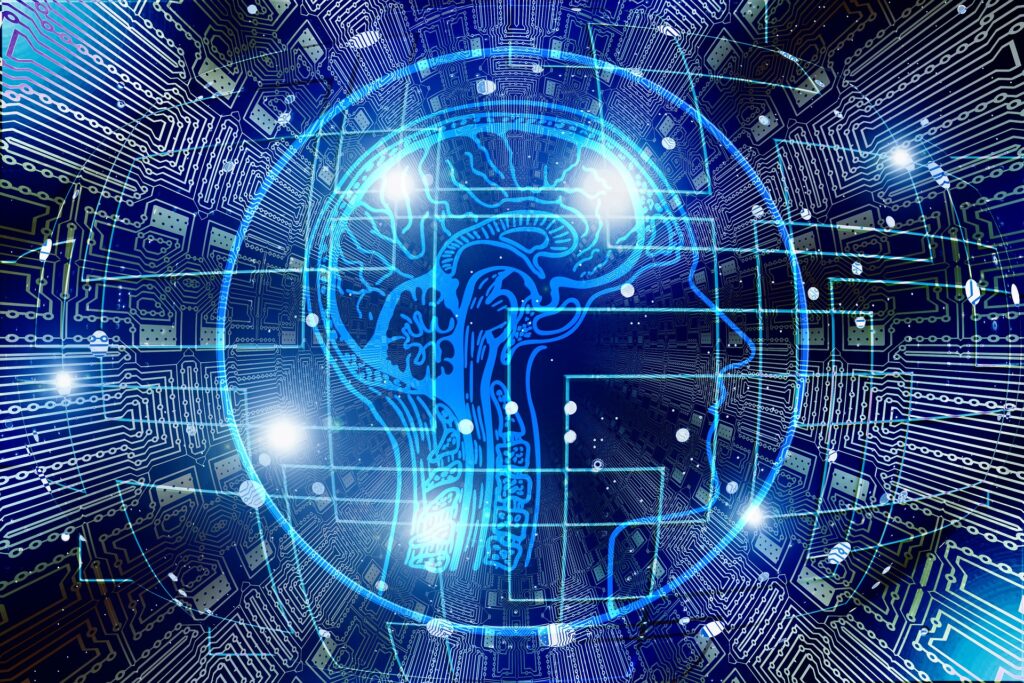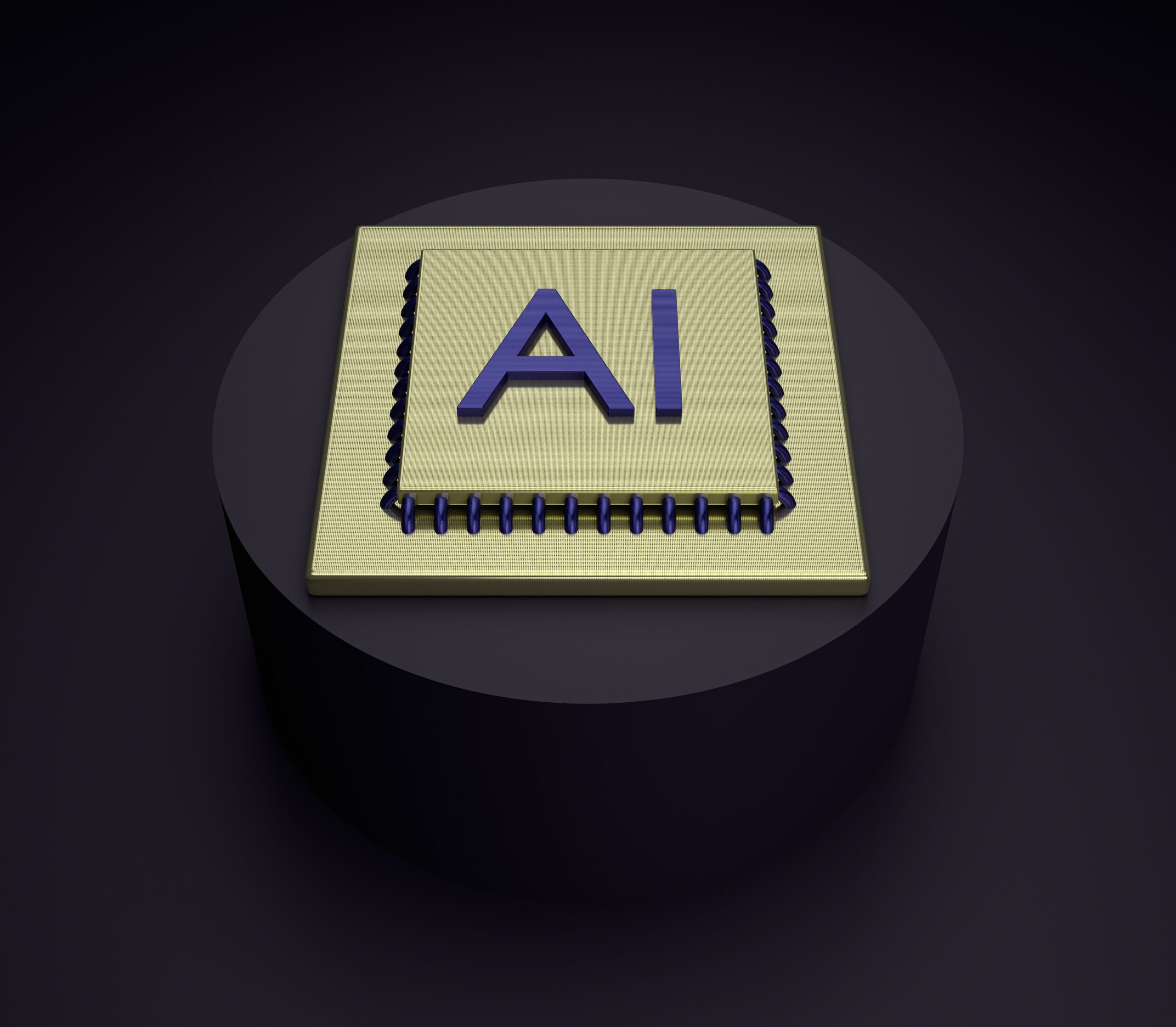In the ever-evolving landscape of intellectual property, the valuation of patents holds immense significance. Whether you are an inventor, a startup founder, or a seasoned investor, understanding the worth of a patent is essential for making informed decisions. Traditionally, patent valuation relied on conventional methods such as cost-based, market-based, or income-based approaches. However, with the advent of Artificial Intelligence (AI), the world of patent valuation has witnessed a transformative shift.
AI, with its advanced algorithms and data-driven capabilities, has redefined the way patents are assessed and valued. In this comprehensive article, we will delve into the intricate world of patent valuation, exploring the conventional methods, the emergence of AI, and the future it promises in this domain. So, fasten your seatbelts as we embark on a journey to uncover the intricate dance between intellectual property and artificial intelligence.
Definition of Patent Valuation
Patent valuation is the process of determining the monetary worth of a patent. A patent, in essence, is a legal document that grants its holder exclusive rights to a particular invention for a specified period, usually 20 years. Valuing a patent involves assessing its potential for generating income, its market value, and its overall strategic importance to the patent holder or potential buyers.
The Importance of Patent Valuation
Why does patent valuation matter? The answer lies in its multifaceted significance:
Preview of How AI is Revolutionizing Patent Valuation
Traditionally, patent valuation involved complex calculations and relied heavily on expert judgment. However, the advent of AI has introduced powerful tools and methodologies that can revolutionize this process. AI brings efficiency, speed, and accuracy to patent valuation, making it more accessible and reliable for stakeholders across the board.
In this article, we’ll explore the traditional methods of patent valuation, the challenges they pose, and how AI is changing the game. We’ll delve into the data sources and preprocessing steps required for AI-based valuation, the machine learning models driving this transformation, and the role of Natural Language Processing (NLP) in extracting insights from patent documents. Additionally, we’ll examine AI-driven patent valuation platforms, ethical and legal considerations, and the exciting future trends and challenges in this field.
Traditional Methods of Patent Valuation
A. Cost-Based Valuation
Cost-based valuation approaches assess the value of a patent by considering the costs incurred in its development, maintenance, and legal protection. These costs include research and development expenses, filing fees, and legal fees. However, cost-based valuation has its limitations. It does not account for the potential revenue a patent can generate or its market value.
B. Market-Based Valuation
Market-based approaches determine a patent’s value based on the prices of similar patents in the market. This method relies on the principle of supply and demand. However, finding truly comparable patents can be challenging, as each patent is unique, and market data may be limited or unreliable.
C. Income-Based Valuation
Income-based approaches evaluate a patent’s worth by estimating the future income it can generate. This involves forecasting revenue streams, considering licensing opportunities, and factoring in the risk associated with the patent. While this method provides a more comprehensive view of a patent’s value, it can be complex and subjective.
Traditional valuation methods, though valuable, have inherent limitations, such as subjectivity, data scarcity, and reliance on expert judgment. This is where AI steps in, offering solutions to these challenges.
The Emergence of AI in Patent Valuation
Introduction to AI and Its Potential in Patent Valuation
Artificial Intelligence, often abbreviated as AI, refers to the development of computer systems capable of performing tasks that typically require human intelligence. These tasks include problem-solving, learning from experience, and natural language understanding. In the context of patent valuation, AI brings a plethora of capabilities that can transform the way we assess patents.
AI’s potential in patent valuation lies in its ability to analyze vast datasets, detect patterns, and make predictions based on data-driven insights. It can process information from patent documents, market trends, and financial data to provide a more accurate and objective valuation.
Key AI Technologies Used in Patent Valuation
Machine Learning Algorithms: Machine learning is at the heart of AI-driven patent valuation. Algorithms can be trained on historical patent data to learn patterns and make predictions about the value of new patents.
Natural Language Processing (NLP): NLP enables AI systems to understand and extract information from patent documents, scientific literature, and other text-based sources. It can identify key concepts, relationships, and sentiments within patents.
Data Analytics and Big Data: AI leverages data analytics to process and analyze large volumes of patent-related data. This includes market data, citation networks, and technology landscapes.
Advantages of AI in Patent Valuation
AI’s introduction to patent valuation comes with a host of advantages:
Data Sources and Preprocessing for AI-Based Patent Valuation
Before AI algorithms can work their magic, they require access to relevant patent data. The key sources of patent-related data include:
Patent Databases: Publicly accessible databases, such as the United States Patent and Trademark Office (USPTO) and the European Patent Office (EPO), provide information on patent applications and grants.
Scientific Literature: Research papers, conference proceedings, and scientific journals contain valuable information related to patents, including prior art and technological advancements.
Market Data: Market reports, financial data, and industry-specific information help in assessing a patent’s potential market value.
Internal Company Data: For companies, internal data on research and development efforts, patent filings, and financial performance are crucial sources.
Machine Learning Models in Patent Valuation
Machine learning is the engine that powers AI-driven patent valuation. At its core, machine learning involves training algorithms on historical data to make predictions or decisions without being explicitly programmed for a task.
Supervised Learning Models for Patent Valuation
1. Regression Models
Regression models are commonly used for patent valuation. They predict a numeric value (e.g., the monetary value of a patent) based on input features (e.g., patent attributes, market data). Linear regression, decision trees, and support vector machines are examples of regression techniques employed in patent valuation.
2. Classification Models
Classification models categorize patents into predefined classes or labels. For instance, a classification model might determine whether a patent is high-value, low-value, or medium-value. Random forests, neural networks, and Naïve Bayes classifiers are among the classification methods used.
Unsupervised Learning Models for Patent Valuation
1. Clustering Algorithms
Clustering algorithms group patents based on similarities in their attributes or features. This can help identify patents with similar characteristics, potentially revealing patterns in patent portfolios. K-means clustering and hierarchical clustering are examples of unsupervised techniques used in patent analysis.
2. Dimensionality Reduction Techniques
Dimensionality reduction methods reduce the complexity of patent data while preserving important information. Principal Component Analysis (PCA) and t-Distributed Stochastic Neighbor Embedding (t-SNE) are techniques used to visualize and analyze high-dimensional patent data.
Hybrid Approaches and Ensemble Methods
Hybrid approaches combine different machine learning models to enhance accuracy and robustness. Ensemble methods, such as Random Forests and Gradient Boosting, aggregate the predictions of multiple models to provide a more reliable valuation.
Natural Language Processing (NLP) in Patent Valuation
Natural Language Processing (NLP) is a subset of AI that focuses on the interaction between computers and human language. In the context of patent valuation, NLP plays a pivotal role in understanding and extracting valuable information from patent documents, research papers, and scientific literature.
NLP employs various techniques to extract insights from patent documents:
Sentiment Analysis and Text Mining in Patent Valuation
Sentiment analysis, a subset of NLP, has gained prominence in patent valuation. It involves evaluating the emotional tone and sentiment conveyed in patent texts. This sentiment can be categorized as positive, negative, or neutral, and it can provide valuable insights into the perception of a patent in the market.
Text mining, another NLP application, involves extracting meaningful patterns and insights from patent documents. It helps in identifying emerging trends, technological advancements, and potential partnerships or licensing opportunities.
NLP-Driven Patent Search and Analysis Tools
Several NLP-driven tools have emerged to assist patent professionals in their research and analysis efforts. These tools enable users to:
The combination of machine learning and NLP transforms patent documents from mere texts into valuable sources of information that drive data-driven decision-making.

Ethical and Legal Considerations
A. Intellectual Property and Ethical Concerns
The intersection of AI and intellectual property raises ethical questions and concerns. Some key considerations include:
B. Privacy and Data Security Issues
AI relies on vast amounts of data, which can include proprietary and confidential information. Ensuring the security and privacy of this data is paramount. Data breaches or unauthorized access can have severe legal and financial consequences.
C. Patents and AI’s Impact on Patent Law
The use of AI in patent creation, filing, and valuation has the potential to reshape patent law. Questions surrounding inventorship, ownership, and the recognition of AI-generated inventions are already emerging. Legal frameworks may need to evolve to accommodate these changes.
Ethical and legal considerations are integral to the responsible use of AI in patent valuation. While AI offers incredible potential, its implementation must be guided by ethical principles and legal standards.
Future Trends and Challenges
The field of AI and patent valuation is dynamic and continuously evolving. Some emerging trends include. Advancements in deep learning techniques are expected to enhance the accuracy of AI-driven valuations. AI will play a more significant role in predicting future patent values based on market trends and technological developments. The rise of AI-generated inventions will necessitate legal frameworks to address questions of inventorship and ownership. Blockchain technology may be employed to secure patent data and streamline patent transactions.
As the adoption of AI in patent valuation grows, challenges may arise. The lack of clear regulations for AI-generated patents and valuation methods could pose legal challenges. Ensuring data privacy while leveraging AI’s data-intensive capabilities will remain a complex issue. Addressing and mitigating bias in AI algorithms will be an ongoing challenge. Smaller businesses and inventors may face barriers to accessing AI-driven valuation tools due to cost or technological limitations. The future promises exciting developments, but stakeholders must be prepared to navigate these challenges as they emerge.
AI’s role in patent valuation is nothing short of revolutionary. It has breathed new life into an age-old process, making it faster, more accurate, and accessible to a wider range of stakeholders. The integration of AI, with its machine learning algorithms, NLP capabilities, and data-driven insights, has elevated patent valuation to a new level.
For inventors and innovators, AI offers the promise of better understanding the worth of their creations. For investors and businesses, it provides a sharper tool for assessing the potential of technology and intellectual property. However, this transformation also comes with ethical and legal considerations that must be carefully navigated.
As we look to the future, the marriage of AI and patent valuation holds tremendous potential. It will shape how we value intellectual property, drive innovation, and protect the rights of inventors and innovators. Embracing AI in patent valuation is not just an option; it’s a strategic imperative for those navigating the intricate landscape of intellectual property in the digital age.

